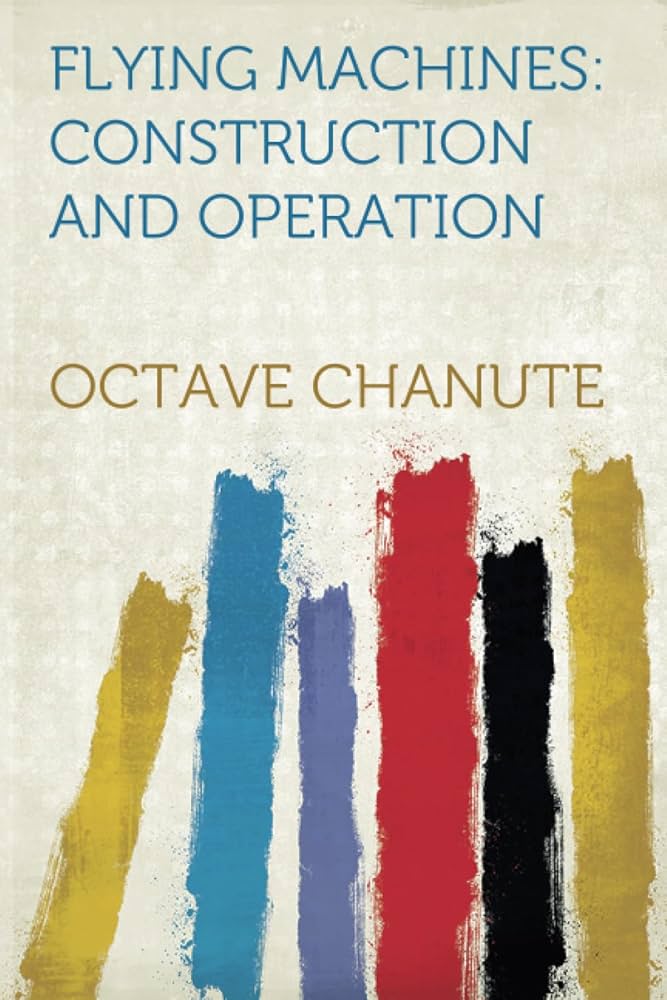Aviation Development
byAviation Development during 1911 reflects a year of groundbreaking progress, where innovation and daring merged to shape the future of flight. This chapter offers a detailed look at how records in speed, distance, duration, and altitude were achieved by aviators across both Europe and America. These achievements are not only categorized by their nature but also distinguished by whether pilots flew solo or carried passengers. The scope of progress wasn’t isolated—it was global. Pilots pushed their machines and their endurance to new extremes, each record-setting flight serving as a milestone in the race toward mastering the skies. The development in aviation wasn’t merely about spectacle; it showcased a shift toward practical capability and broader possibilities.
European accomplishments include the remarkable altitude reached by Garros in St. Malo, France, who flew a Bleriot machine solo to a height of 13,362 feet. This record was not only a technical triumph but a testament to pilot skill and aircraft resilience. On the American side, A. Leblanc flew his Bleriot at Belmont Park with an unmatched speed of 67.87 miles per hour. Meanwhile, St. Croix Johnstone traveled 176.23 miles in a Moisant machine, setting a national distance record while flying solo. These feats reflect not just engineering progress but also a growing public trust in aviation as something more than an experimental thrill. Each pilot who flew higher, faster, or farther expanded the boundaries of what aviation could mean in everyday life. The data gathered during these flights would feed into improvements in design and build confidence in broader commercial and military applications.
The chapter also covers endurance and load-carrying feats that hint at aviation’s future practical uses. Howard W. Gill, flying a Wright machine in Kinloch, Mo., stayed aloft for over four hours, a record that suggested the potential for sustained flight across long distances. In altitude, L. Beachy of Chicago reached an impressive 11,642 feet using a Curtiss machine, reaffirming the capability of American designs to perform under extreme conditions. Another breakthrough came from P. O. Parmelee, who successfully transported 458 pounds in a Wright model—proving that weight-bearing could be integrated into early flight designs. These records illustrate aviation’s transition from novelty to a budding form of transport with practical value. From mail delivery to eventual commercial aviation, the ability to manage heavier loads marked a turning point in how aviation would serve the public and industries alike.
Each achievement described in the chapter contributes to a portrait of 1911 as a pivotal year in flight. The progress wasn’t limited to one region; pilots across continents shared a common goal—to make the sky not just a domain for pioneers, but a new arena for civilization. Governments, manufacturers, and individual aviators worked in parallel, each contributing pieces to a shared vision of powered, controlled, and repeatable flight. The records captured during this time weren’t merely competitive markers—they were building blocks for future strategy, commerce, and global mobility. Whether through altitude records or weight capacity, each accomplishment helped define what aviation could eventually become. These documented milestones provide a clear sense of momentum—an aviation industry no longer just in its infancy, but on the edge of transformation.
In conclusion, the chapter frames 1911 not as an isolated period of progress but as part of a continuous climb toward modern flight. What separates this year is the consistency of success and the increasingly international flavor of the records being set. The significance lies in how these efforts, across nations and machines, represented a unified quest to push human capability further. With each milestone reached, the dream of flight became more tangible, and the foundation for modern aviation became firmer. The developments of 1911 showed that aviation was no longer limited to dreamers—it belonged to engineers, governments, and a growing public ready to look skyward not with wonder alone, but with expectation.


